On September 29, I visited the Jim Henson Exhibition at the Museum of the Moving Image in Astoria, Queens. Jim Henson is a huge inspiration to my thesis project (and I’ll be using the “Muppet” style for all of my puppets) so paying a visit to this exhibit was the most relevant research outing I could find. Before I go into my main takeaways, here’s a photo dump of some of my favorite parts of the exhibit!
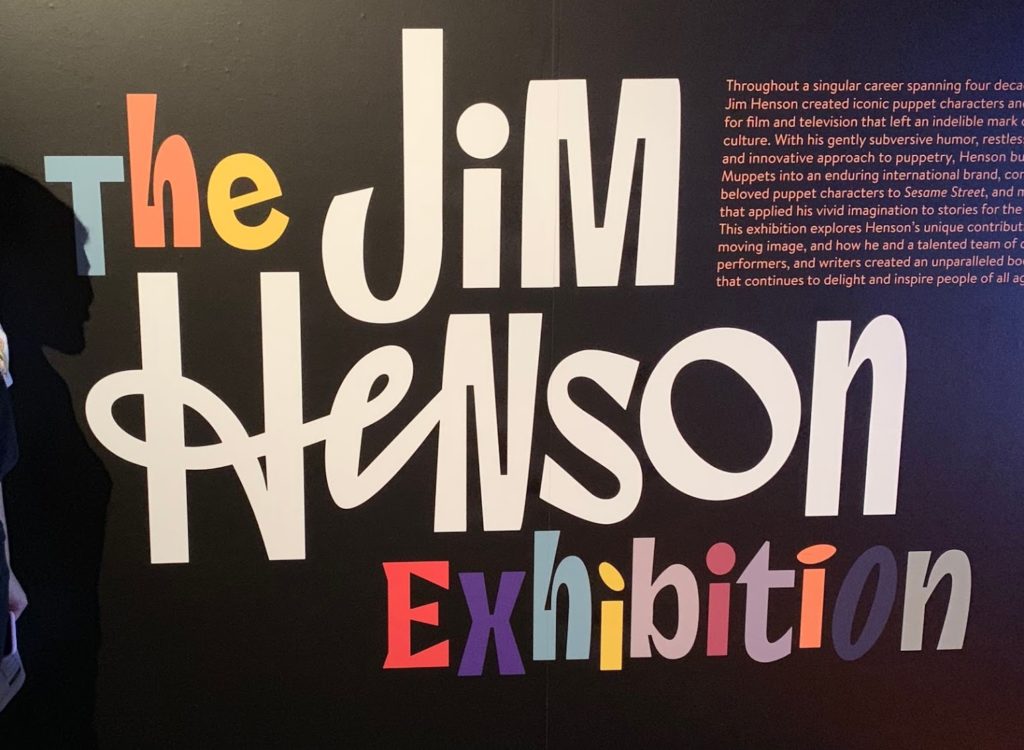
Entrance to the exhibit! 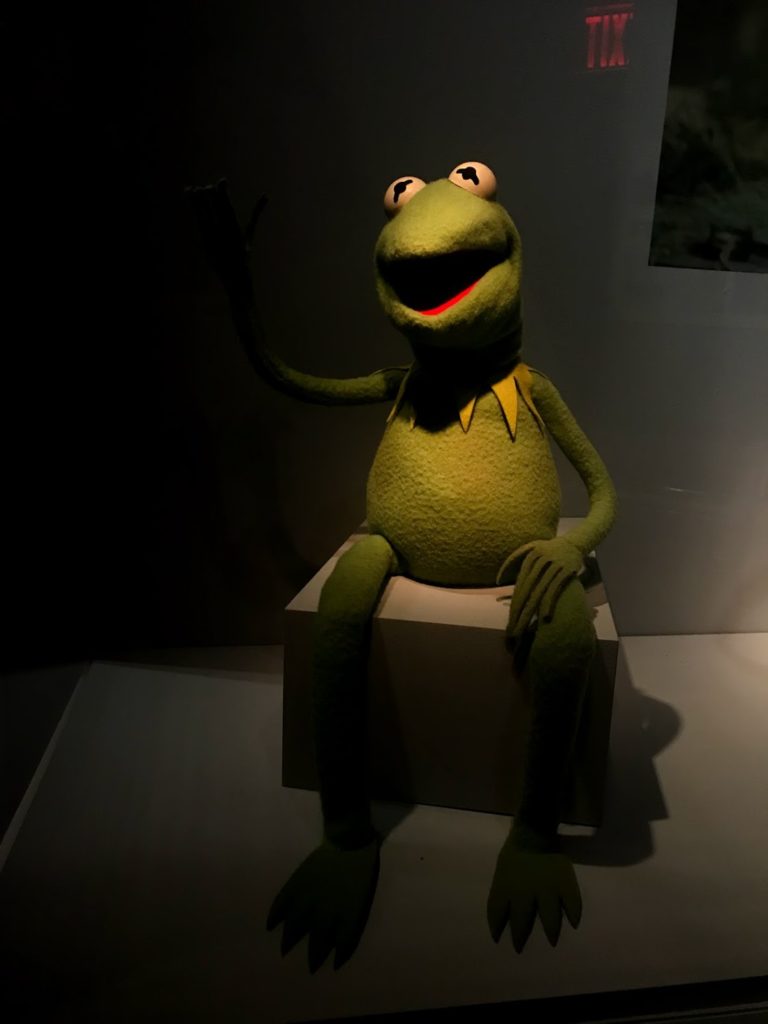
First Kermit made from Henson’s mom’s old felt coat. 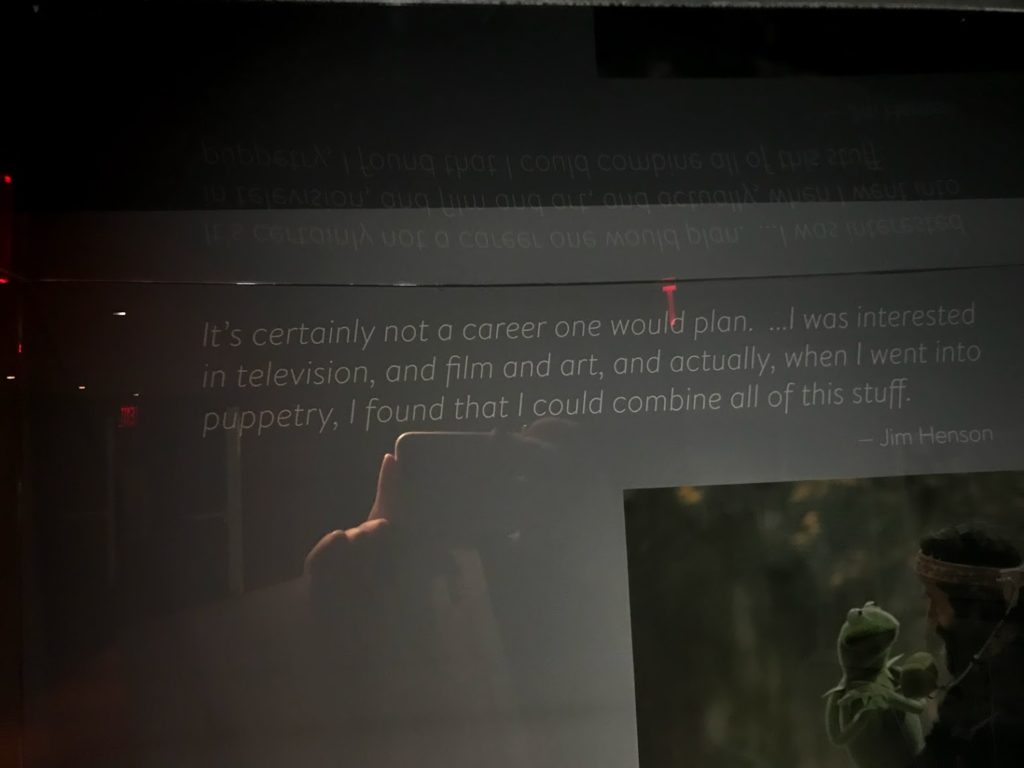
This is exactly how I arrived at puppets! 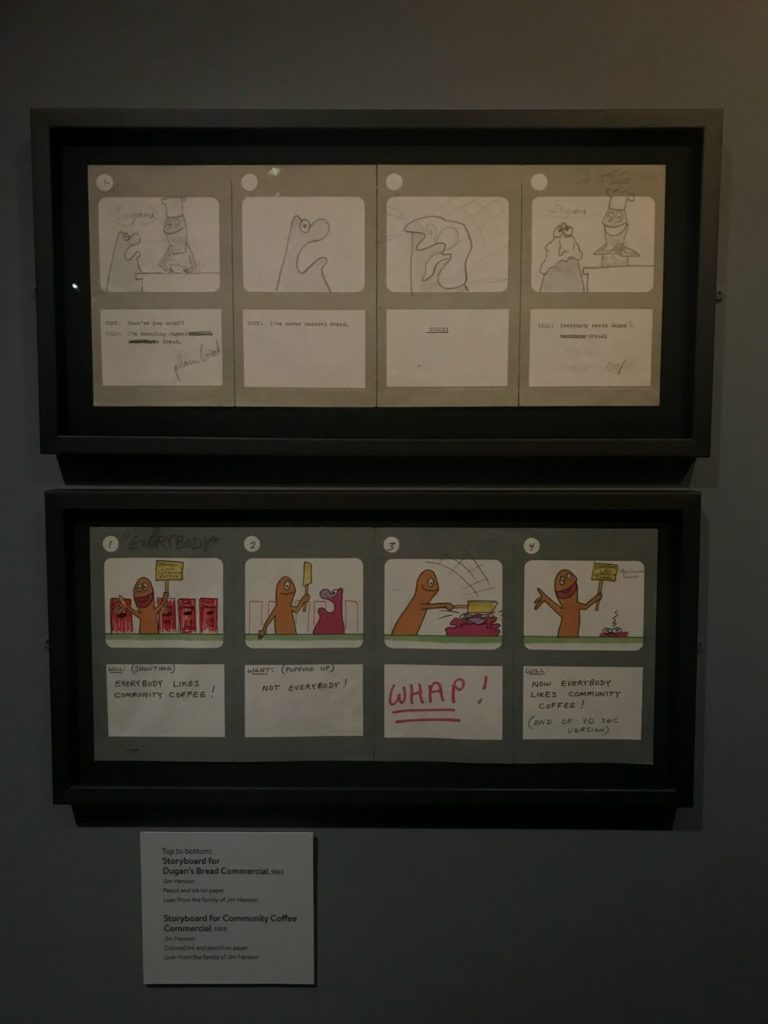
Storyboards for commercial work. 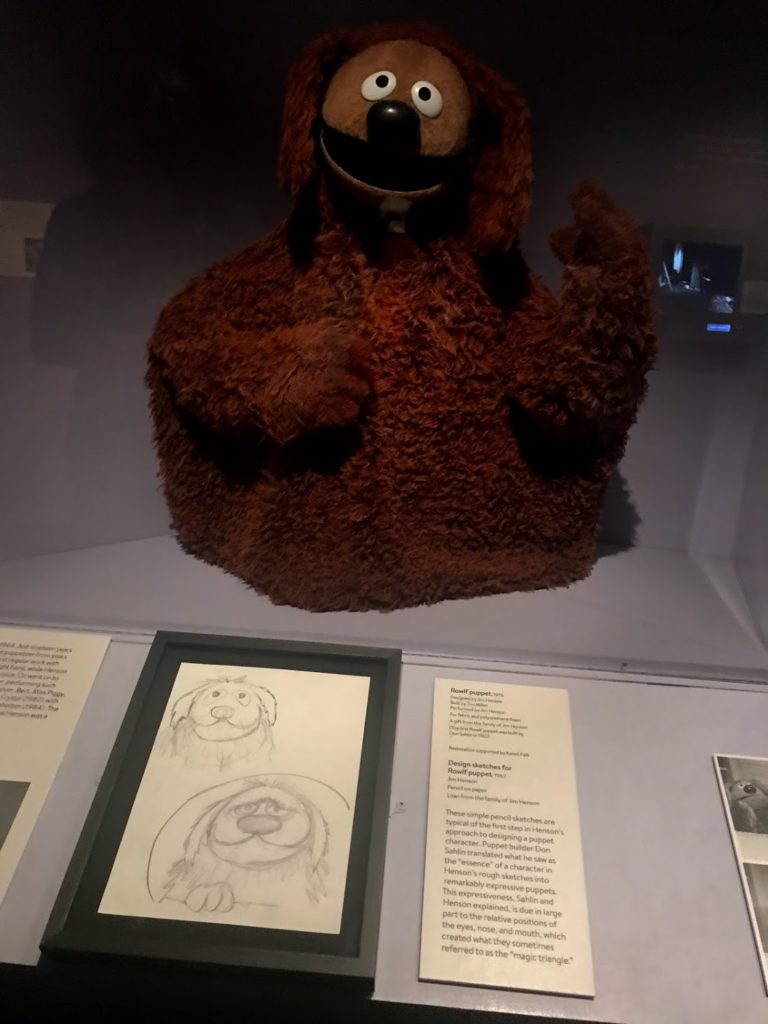
Rolf! Omg 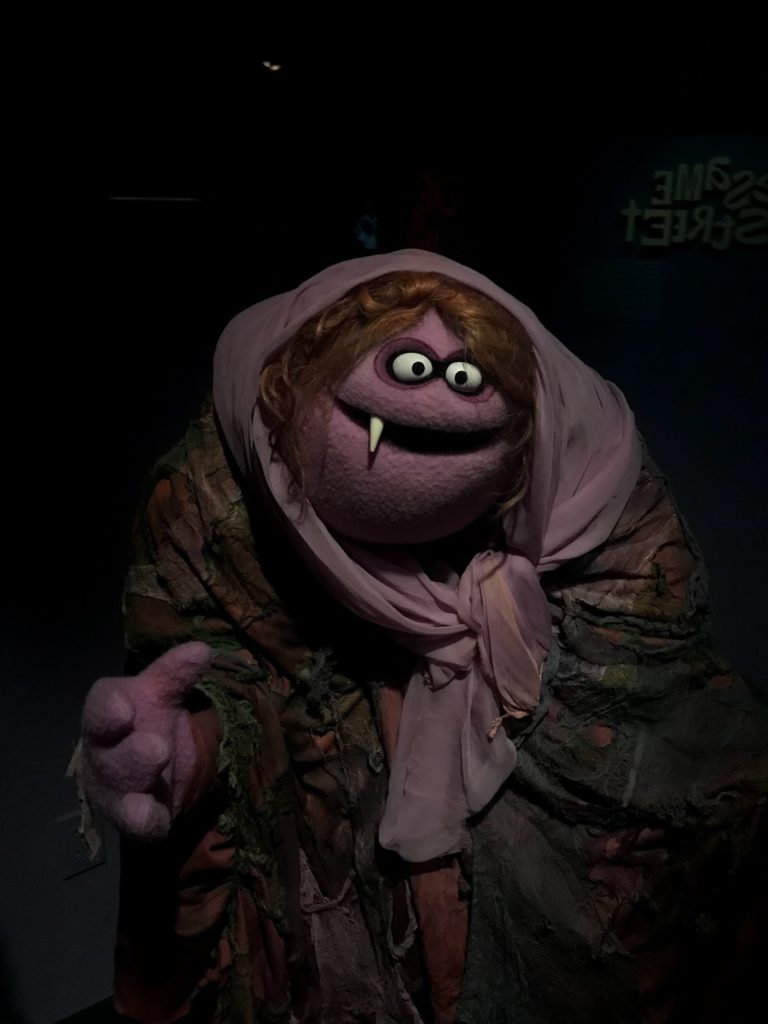
This puppet’s head and eyes are similar to one of my characters. 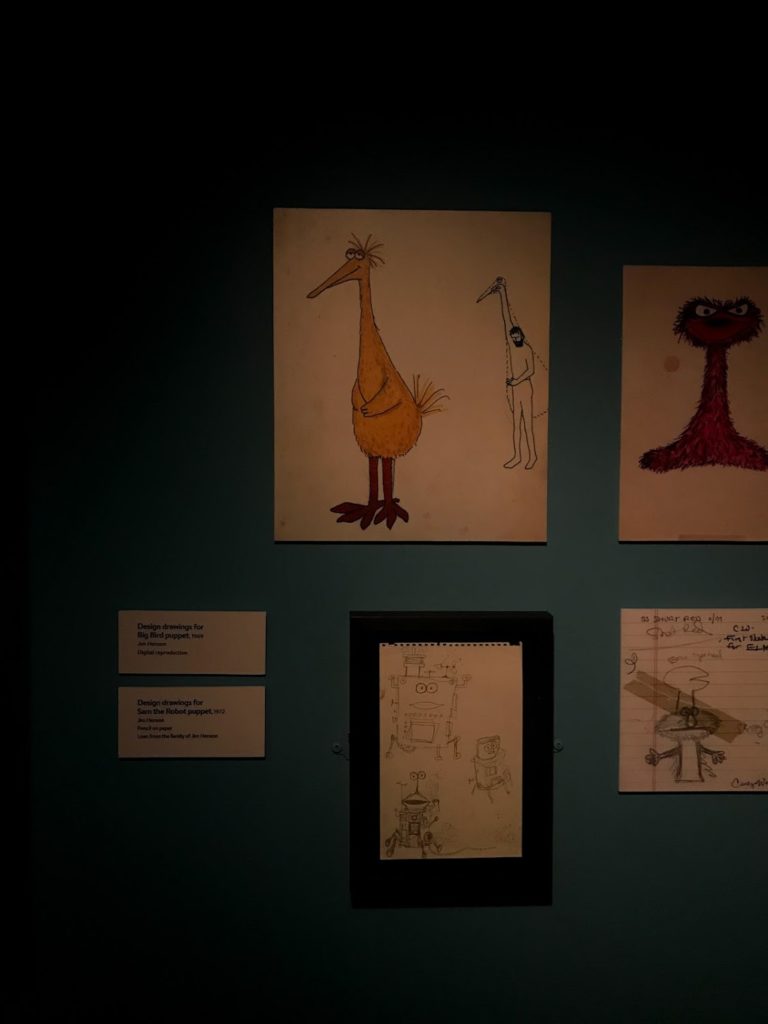
Early Big Bird. 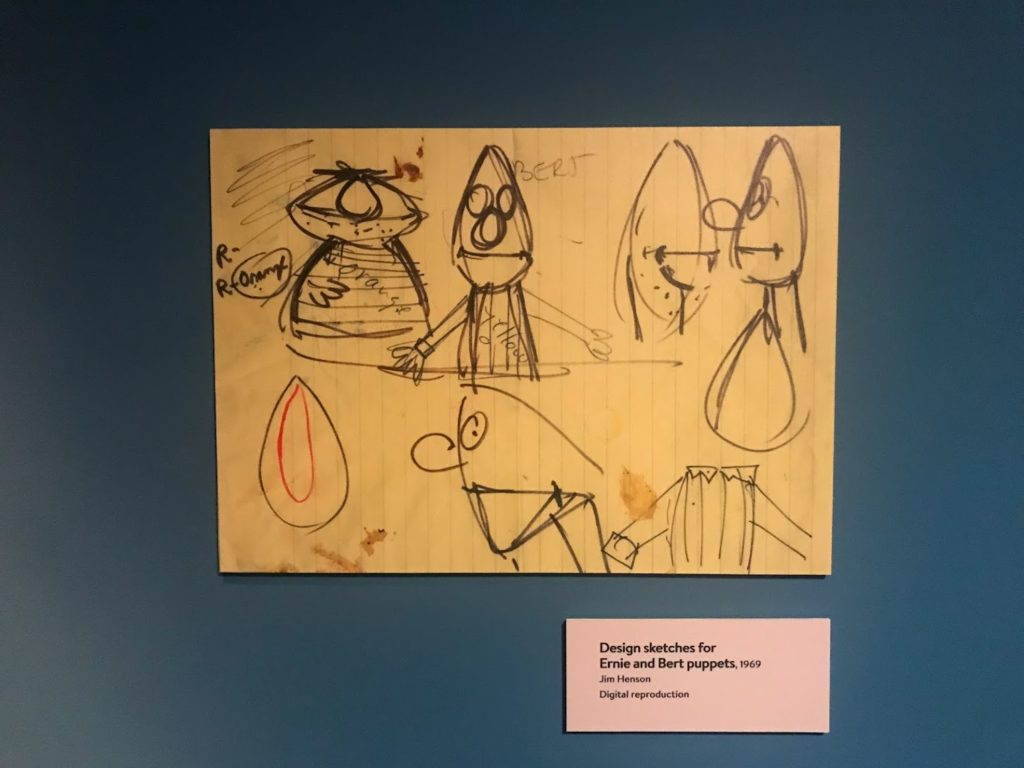
Bert and Ernie sketches. 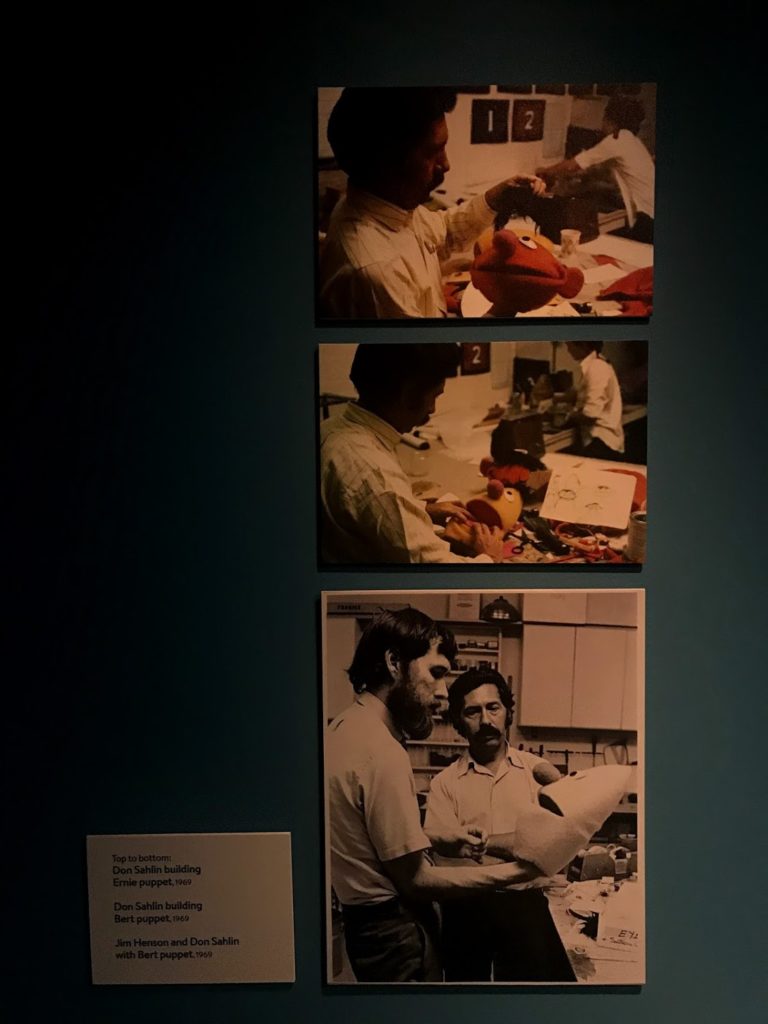
Henson at work. 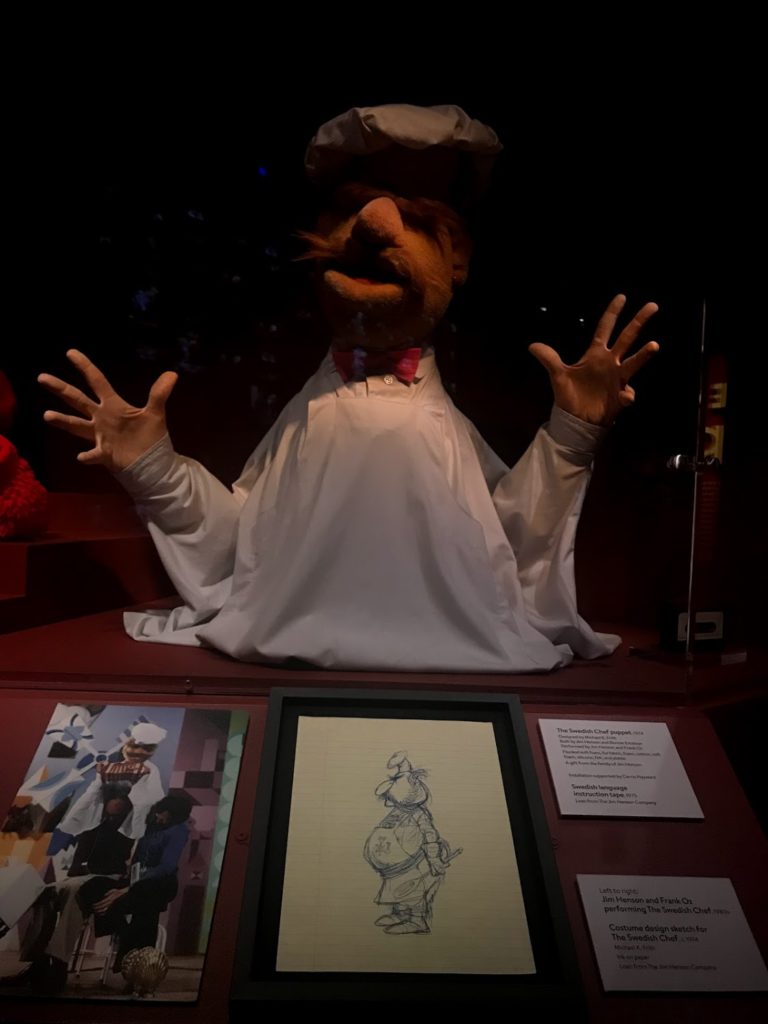
Swedish Chef! 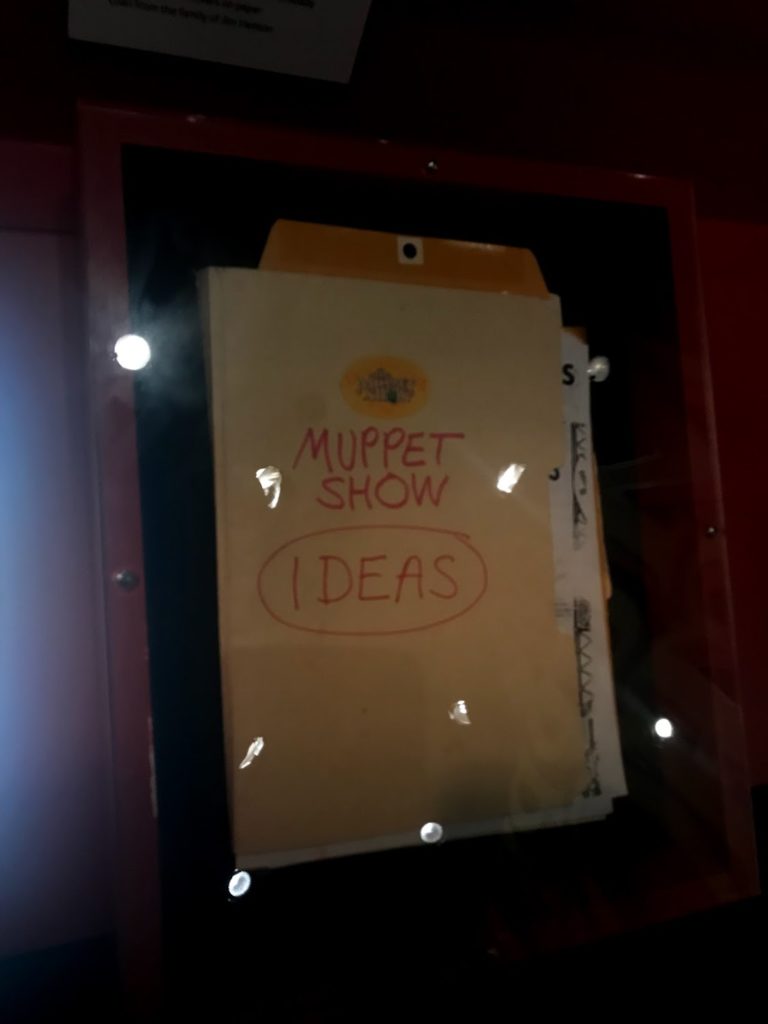
Folder of Muppet Show docs. 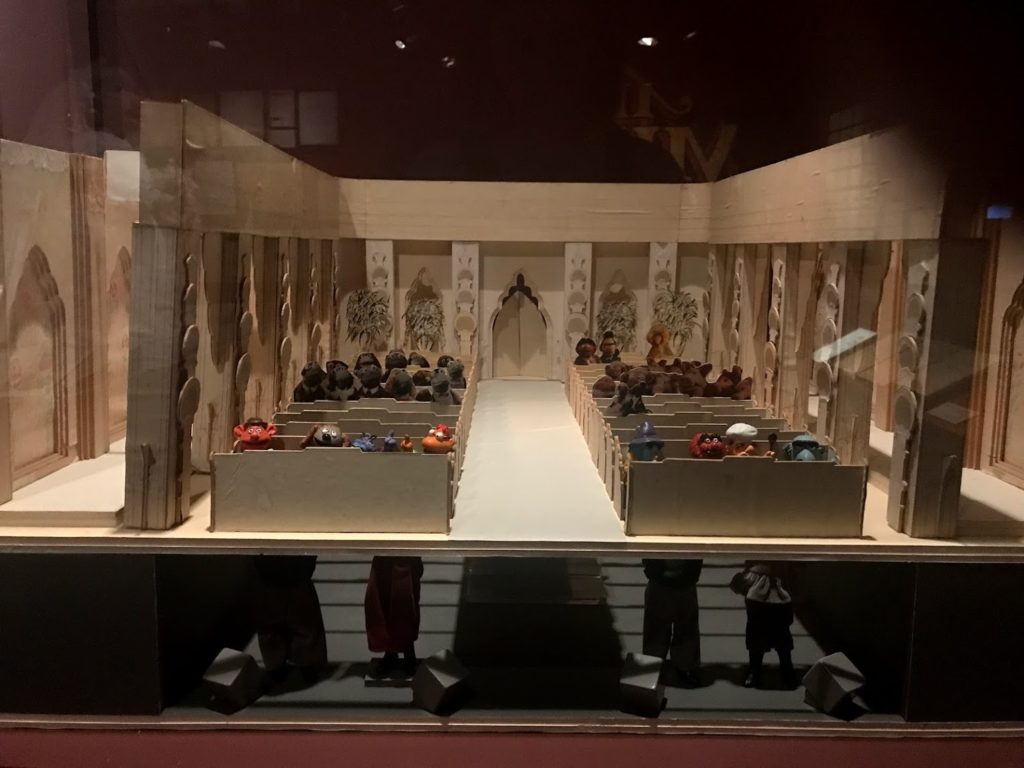
This is inspo for the third prototype set design. 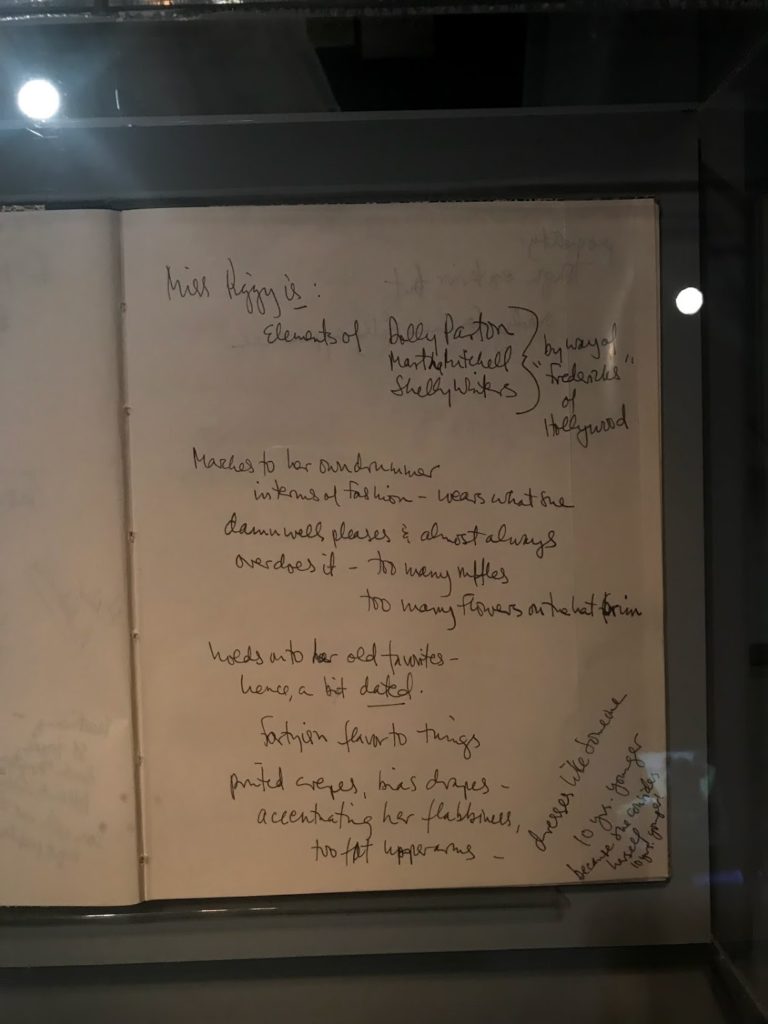
Notes on Miss Piggy’s character. 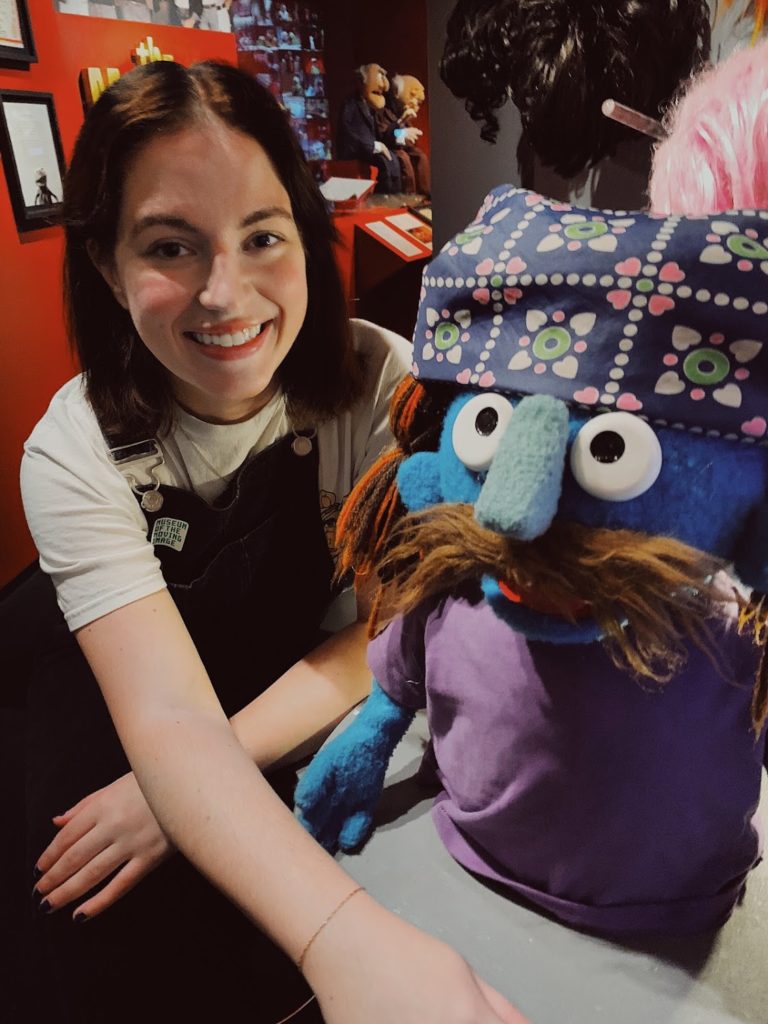
They had an area where you can make your own puppet from Velcro puppets. Here’s me and my DFW. 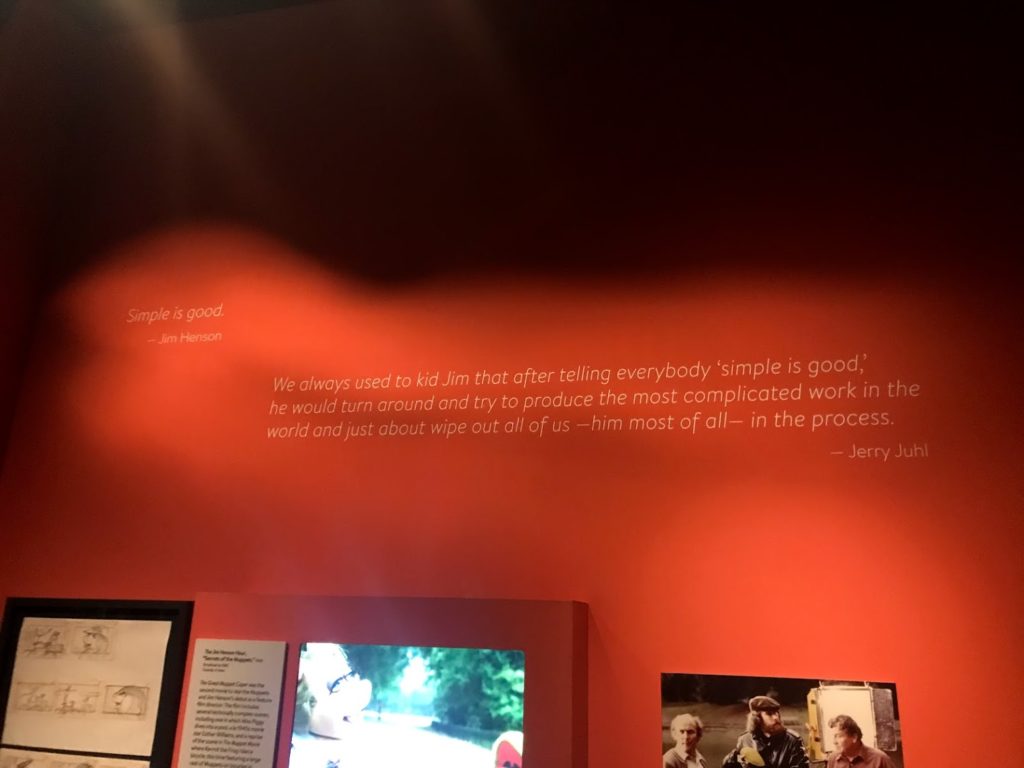
Disturbingly accurate for me. 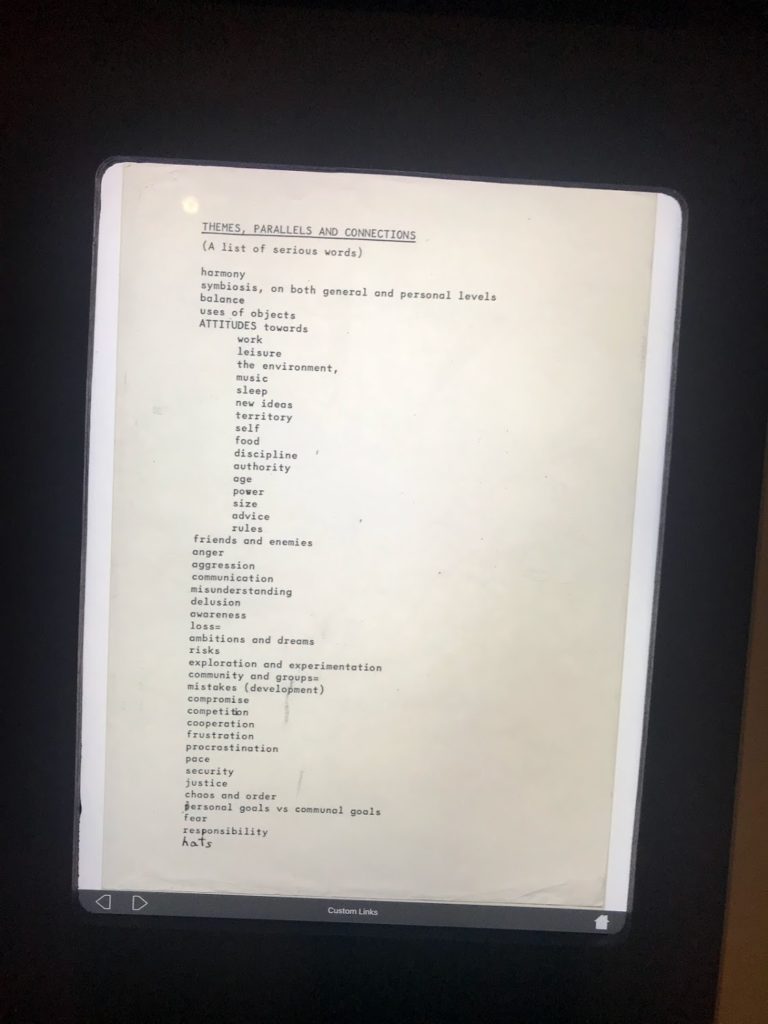
Inspo for theme/tone research. 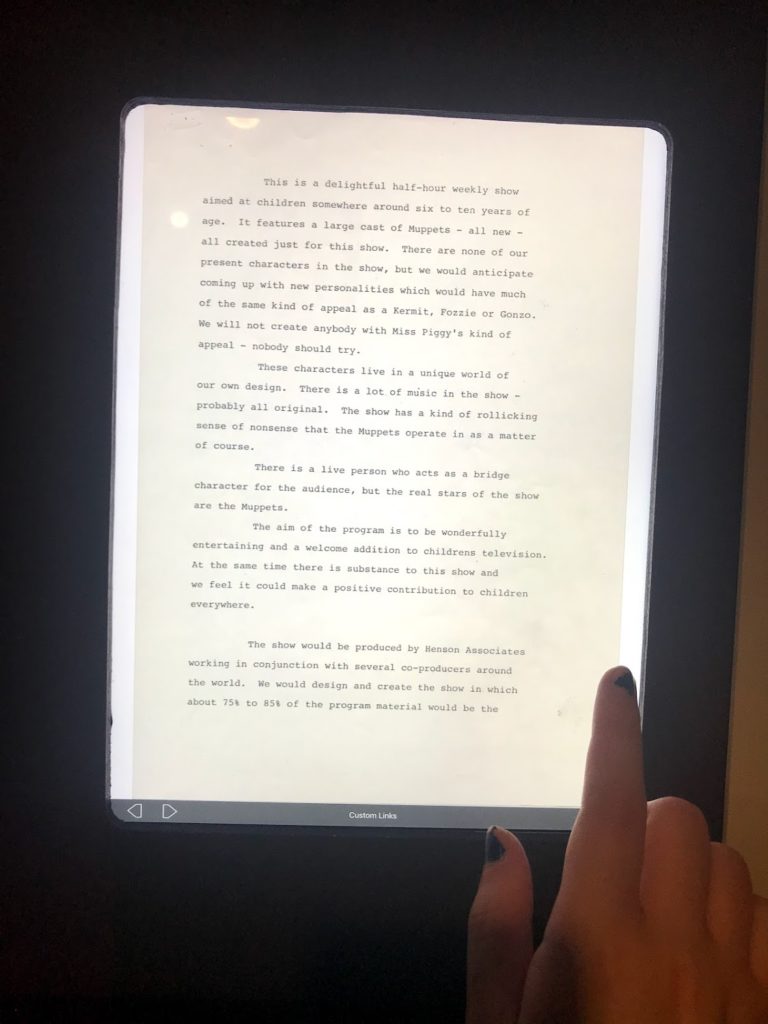
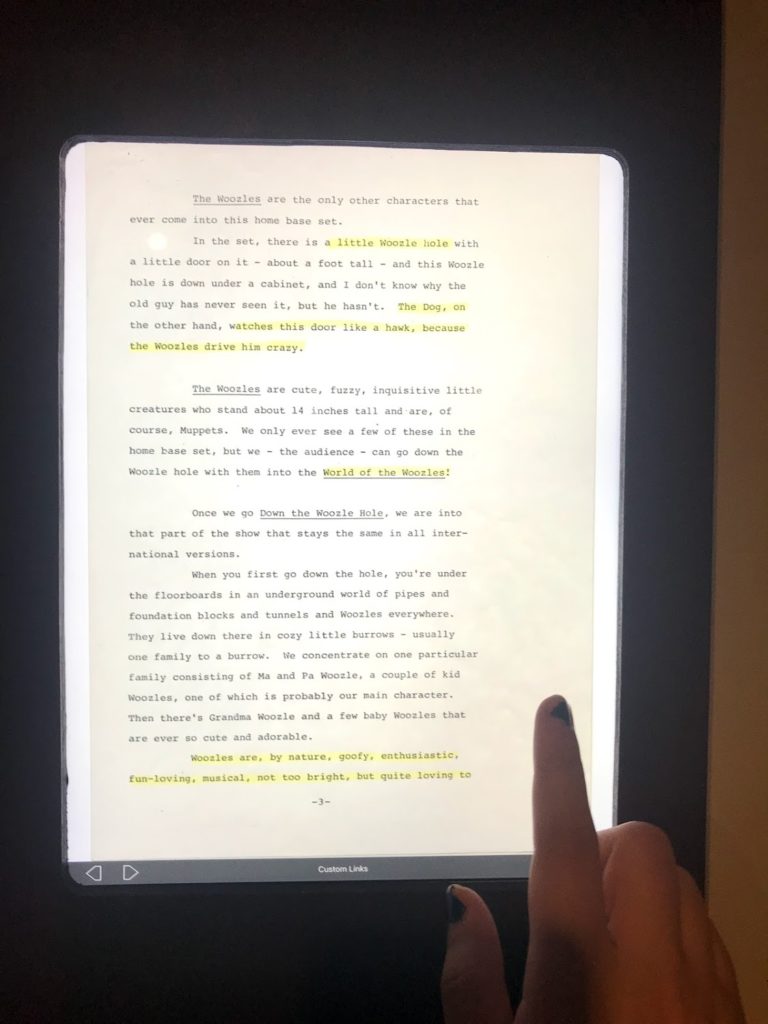
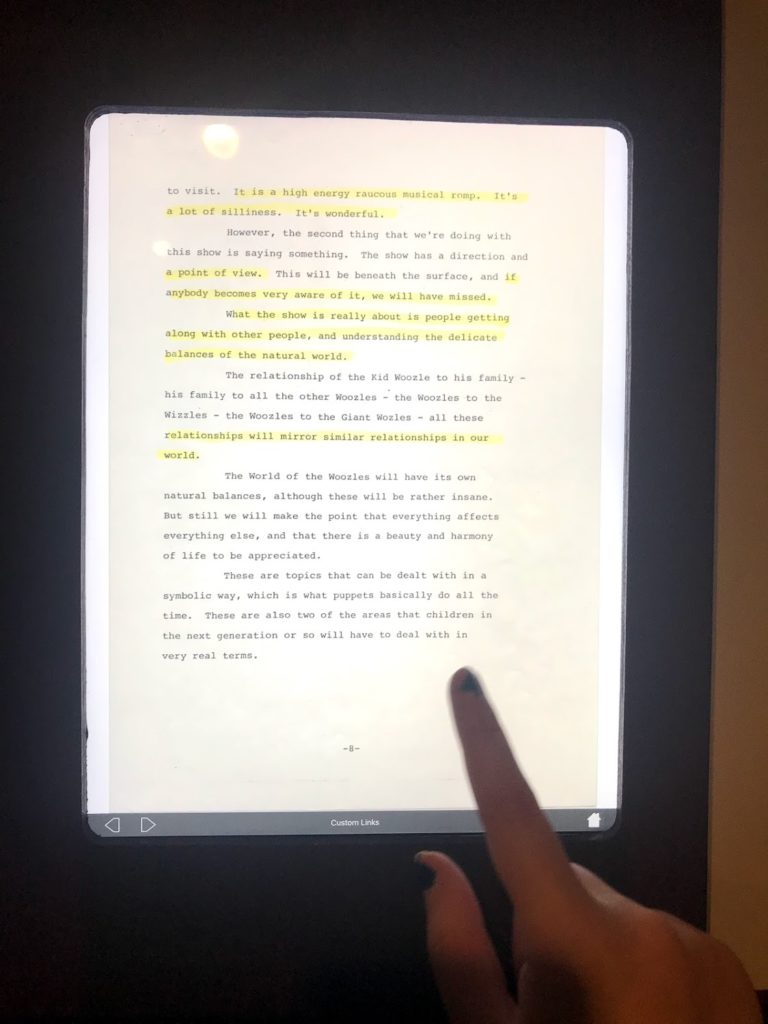
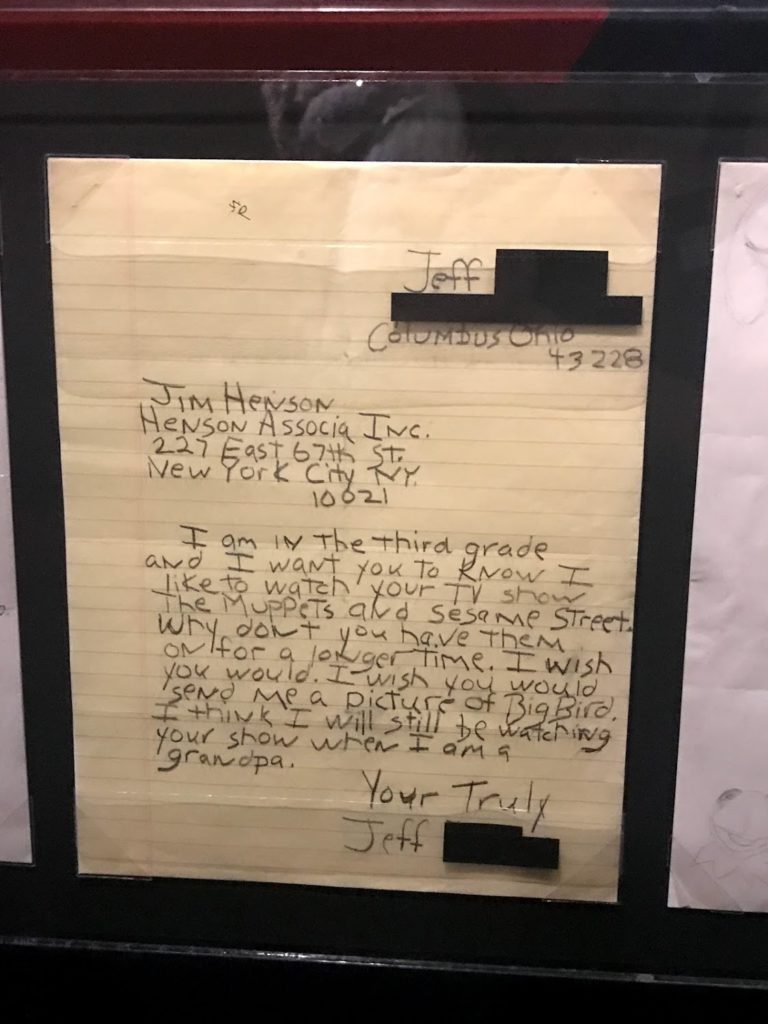
This is where I cried. 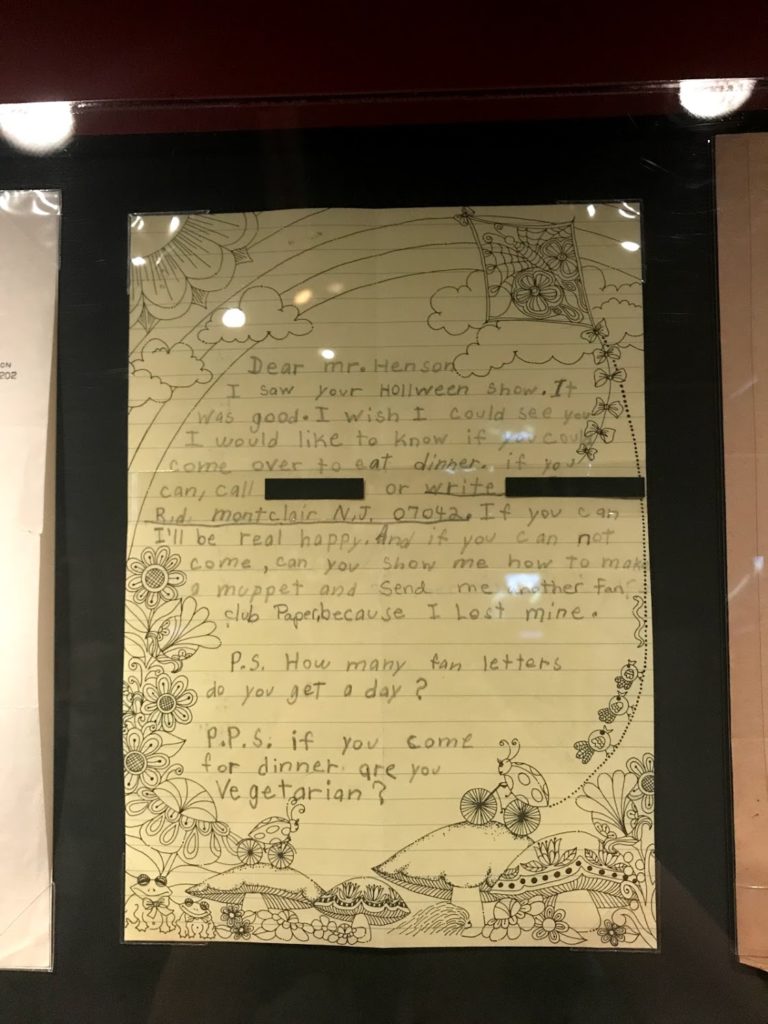
This is where I cried again.
This exhibit was incredibly informative and inspiring for my thesis project. I already knew quite a bit about Jim Henson before my visit from YouTube documentaries and articles, but I was so happy with the exhibit’s thoroughness in exploring every part of Jim Henson’s works, including many details I hadn’t read anywhere else. On top of that, I got to see so many of his creations in person alongside their original sketches. I was really comforted and inspired to find that I relate to Jim Henson’s attitude about being an artist. He never wanted to be confined to one type of art, or one type of media, and pushed the limits of every medium he entered. As someone who has a lot of different interests and skills (which is how I arrived at this thesis project), I’ve felt pressure to specialize or choose a specific path. I love kid’s TV, but I also love adult comedy and animation, and also set design, prop design, writing, building, etc.! Jim Henson didn’t choose, and I left the museum feeling more confident in my desire to do as many things as I’m good at.
It was illuminating to see something as large as Sesame Street, The Muppets, Fraggle Rock, etc. in its early phases, how much trial and tribulation went into these projects, and how many projects Jim Henson created in his lifetime to varying degrees of success. This past summer and then this semester have been all about getting my big, vague ideas about this project into tangible results, so seeing how Jim Henson took ideas that, at the time, were unheard of, and made them into reality was so valuable. I’ve already started using his brainstorming documents and sketches as models for my own prototyping.
I think the most useful part of my experience at the Jim Henson Exhibit was going through Jim Henson’s documents for The Muppets and Fraggle Rock. It really illuminated the paralyzingly vague brainstorming process – nailing down themes, tone, and characters’ attitudes, traits, and inspirations. Inspired by this exhibit, I’ve included my own Themes, Parallels, and Connections brainstorm sheet in my Research Update #2.